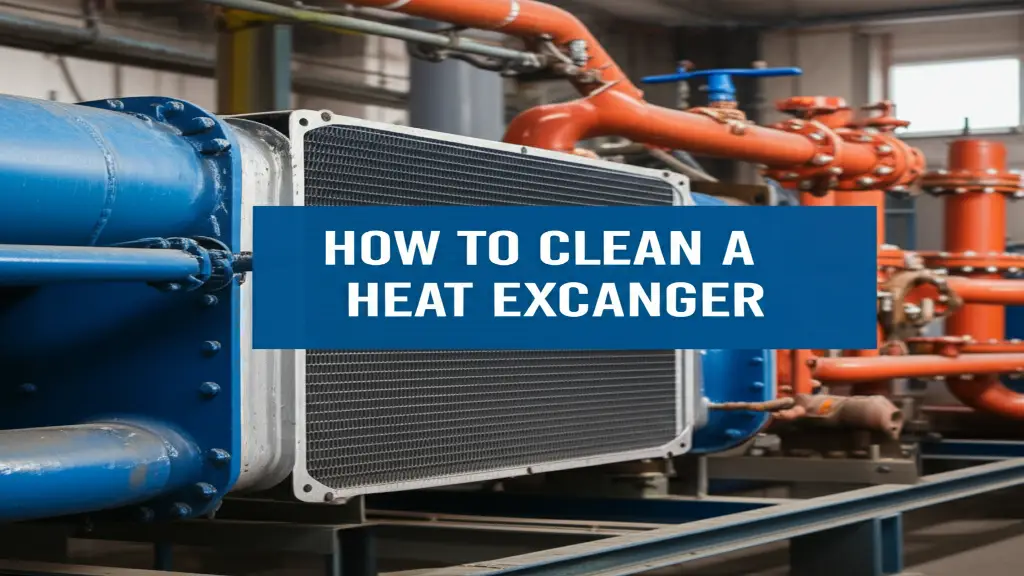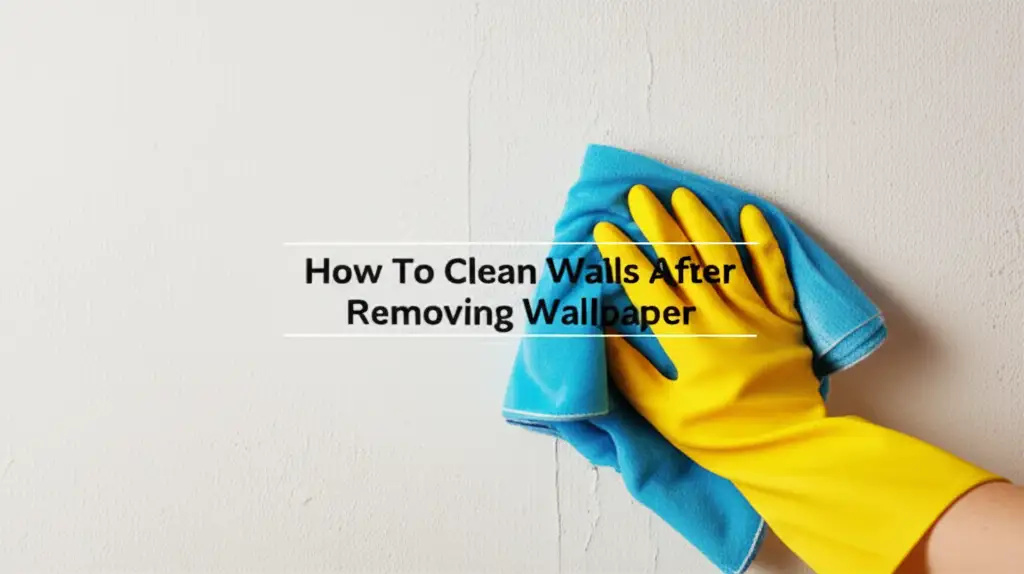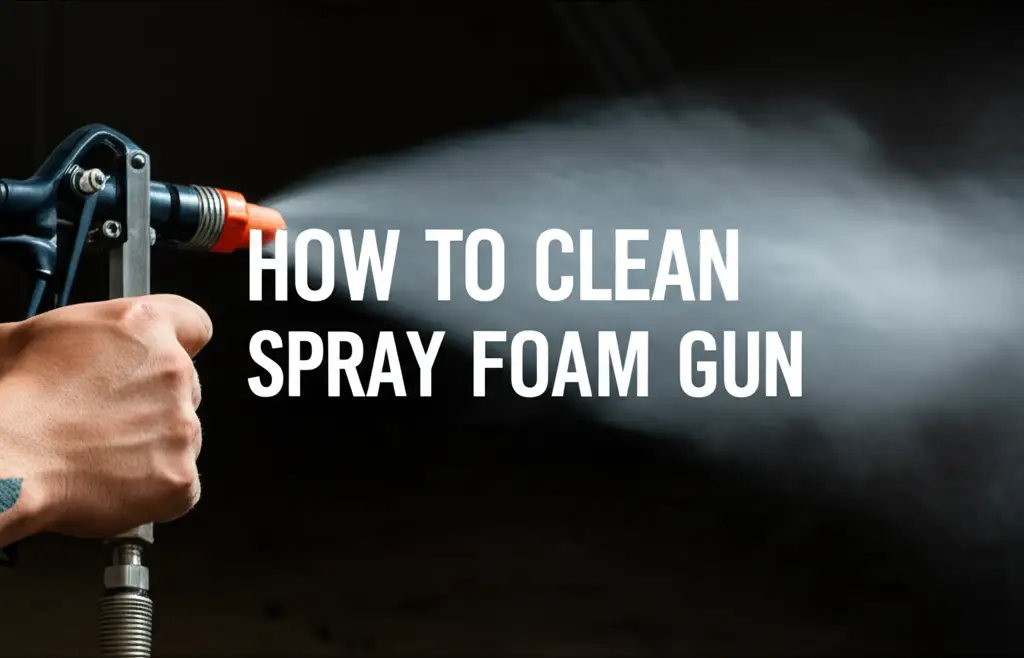· Home Improvement · 7 min read
How To Clean A Heat Exchanger

Keeping Your System Efficient: How To Clean A Heat Exchanger
Have you noticed a drop in efficiency from your heating or cooling system? A dirty heat exchanger could be the culprit. A heat exchanger is a vital component in many systems, transferring heat between fluids without mixing them. Over time, deposits like scale, rust, and biological growth can build up, reducing its effectiveness. This guide will walk you through everything you need to know about cleaning a heat exchanger, ensuring optimal performance and saving you money. We’ll cover different cleaning methods, solutions, and preventative measures to keep your system running smoothly.
Takeaway:
- Regular cleaning improves heat transfer efficiency.
- Choosing the right cleaning method depends on the type of fouling.
- Preventative maintenance extends the life of your heat exchanger.
- Safety precautions are crucial when handling cleaning chemicals.
What is a heat exchanger and why does it need cleaning?
A heat exchanger is designed to efficiently transfer thermal energy between two or more fluids. They are found in a wide range of applications, from HVAC systems and power plants to refrigeration and chemical processing. However, the very nature of heat transfer can lead to fouling – the accumulation of unwanted materials on the heat transfer surfaces. This fouling acts as an insulator, reducing the efficiency of the exchanger and potentially causing system failures. Regular cleaning is essential to maintain optimal performance and prevent costly repairs.
Identifying the Type of Fouling on Your Heat Exchanger
Before you start cleaning, it’s important to identify what’s causing the buildup. Different types of fouling require different cleaning approaches. Understanding the source of the problem will help you choose the most effective method.
- Scale: Often caused by hard water, scale is a mineral deposit that forms a hard, crusty layer. You can often visually identify scale as a white or grayish deposit.
- Corrosion: Rust and other corrosion products can accumulate, reducing heat transfer and potentially damaging the exchanger. This is more common in systems using incompatible metals.
- Biological Fouling: Algae, bacteria, and other microorganisms can thrive in heat exchangers, especially those exposed to water. This is often slimy and can quickly reduce efficiency.
- Sediment: Dirt, sand, and other particulate matter can settle and accumulate, particularly in systems without proper filtration.
Knowing the type of fouling will guide your choice of cleaning solution and method. For example, scale requires an acid-based cleaner, while biological fouling needs a biocide.
Chemical Cleaning: A Powerful Solution for Heat Exchangers
Chemical cleaning is a common and effective method for removing various types of fouling. It involves circulating a cleaning solution through the heat exchanger to dissolve or loosen the deposits. However, it’s crucial to choose the right chemical and follow safety precautions.
- Acid Cleaning: Used for removing scale and rust, acid cleaning typically uses hydrochloric, sulfuric, or citric acid. Always dilute acids properly and wear appropriate personal protective equipment (PPE).
- Alkaline Cleaning: Effective for removing organic deposits and some types of scale, alkaline cleaners use chemicals like sodium hydroxide. Again, proper dilution and PPE are essential.
- Biocide Treatment: Used to kill and remove biological fouling, biocides are often chlorine-based or non-oxidizing. Follow the manufacturer’s instructions carefully.
Before starting, always consult the heat exchanger manufacturer’s recommendations for compatible cleaning chemicals. https://www.beacleaner.com/how-to-clean-a-heat-pump provides additional information on maintaining heat pump systems, which often utilize heat exchangers.
Mechanical Cleaning Methods for Stubborn Deposits
Sometimes, chemical cleaning isn’t enough to remove stubborn deposits. Mechanical cleaning methods can provide the extra force needed to dislodge the fouling.
- Hydroblasting: Using high-pressure water jets, hydroblasting can effectively remove scale, rust, and other deposits. This method is particularly useful for large heat exchangers.
- Brushing: Manual brushing with a stiff brush can remove loose deposits and surface fouling. This is best suited for smaller heat exchangers or as a follow-up to chemical cleaning.
- Tube Cleaning: Specialized tools, like tube brushes and scrapers, are designed to clean the inside of tubes in shell-and-tube heat exchangers. These tools come in various sizes and materials to suit different tube diameters and fouling types.
When using mechanical methods, be careful not to damage the heat exchanger surfaces. https://www.beacleaner.com/how-to-clean-commercial-carpet demonstrates the importance of using the right tools for the job, a principle that applies to heat exchanger cleaning as well.
Flushing and Rinsing: The Final Step in Heat Exchanger Cleaning
After chemical or mechanical cleaning, thorough flushing and rinsing are essential to remove any remaining cleaning solution and dislodged deposits. This prevents corrosion and ensures the heat exchanger operates efficiently.
- Fresh Water Flush: Circulate clean, fresh water through the heat exchanger for an extended period to remove all traces of the cleaning solution.
- Neutralization: If an acid or alkaline cleaner was used, neutralize the system with a corresponding base or acid before flushing.
- Filtration: Use a filter during flushing to capture any remaining particulate matter.
Proper flushing and rinsing are crucial for protecting the heat exchanger and ensuring long-term performance. Consider the importance of clean water, similar to the need for clean water in https://www.beacleaner.com/how-often-to-clean-the-pool to maintain a healthy pool environment.
Preventative Maintenance: Extending the Life of Your Heat Exchanger
Preventing fouling is always better than dealing with it after it occurs. Implementing a preventative maintenance program can significantly extend the life of your heat exchanger and reduce cleaning frequency.
- Water Treatment: Implement a water treatment program to control scale formation and corrosion.
- Filtration: Install filters to remove particulate matter from the fluid.
- Regular Inspections: Regularly inspect the heat exchanger for signs of fouling or corrosion.
- Proper System Operation: Operate the system within its design parameters to minimize fouling.
A proactive approach to maintenance will save you time, money, and potential downtime in the long run. Just like regular window cleaning, as discussed in https://www.beacleaner.com/how-often-to-clean-windows, consistent preventative measures are key.
Safety Precautions When Cleaning a Heat Exchanger
Cleaning a heat exchanger involves working with potentially hazardous chemicals and equipment. Always prioritize safety.
- Personal Protective Equipment (PPE): Wear appropriate PPE, including gloves, eye protection, and a respirator.
- Ventilation: Ensure adequate ventilation when working with chemicals.
- Chemical Handling: Follow the manufacturer’s instructions for handling and disposing of chemicals.
- Lockout/Tagout: Before starting any maintenance work, lockout and tagout the system to prevent accidental startup.
- Emergency Procedures: Be familiar with emergency procedures in case of a chemical spill or other incident.
Frequently Asked Questions (FAQ)
Q: How often should I clean my heat exchanger? A: The frequency depends on the system and operating conditions. Generally, inspect annually and clean as needed based on performance monitoring. If you notice a significant drop in efficiency, it’s time to clean.
Q: Can I use household cleaners to clean a heat exchanger? A: No, household cleaners are generally not suitable for heat exchanger cleaning. They may not be effective at removing the specific types of fouling and could damage the exchanger materials.
Q: What is the best way to dispose of cleaning chemicals? A: Always follow the manufacturer’s instructions and local regulations for disposing of cleaning chemicals. Do not pour them down the drain.
Q: How can I tell if my heat exchanger is fouled? A: Signs of fouling include reduced heat transfer efficiency, increased energy consumption, and higher operating temperatures.
Q: Is it possible to clean a heat exchanger without taking it apart? A: Yes, chemical and hydroblasting methods can often clean a heat exchanger without disassembly. However, some cases may require partial or complete disassembly for thorough cleaning.
Conclusion: Maintaining Efficiency Through Proper Cleaning
Cleaning a heat exchanger is a crucial part of maintaining the efficiency and reliability of your system. By understanding the types of fouling, choosing the right cleaning methods, and implementing a preventative maintenance program, you can extend the life of your heat exchanger and save money on energy costs. Remember to always prioritize safety when working with chemicals and equipment. Keeping your heat exchanger clean ensures optimal performance and contributes to a more sustainable and cost-effective operation. Don’t hesitate to consult with a professional if you’re unsure about any aspect of the cleaning process.
- heat exchanger cleaning
- industrial cleaning
- preventative maintenance
- fouling
- descaling




